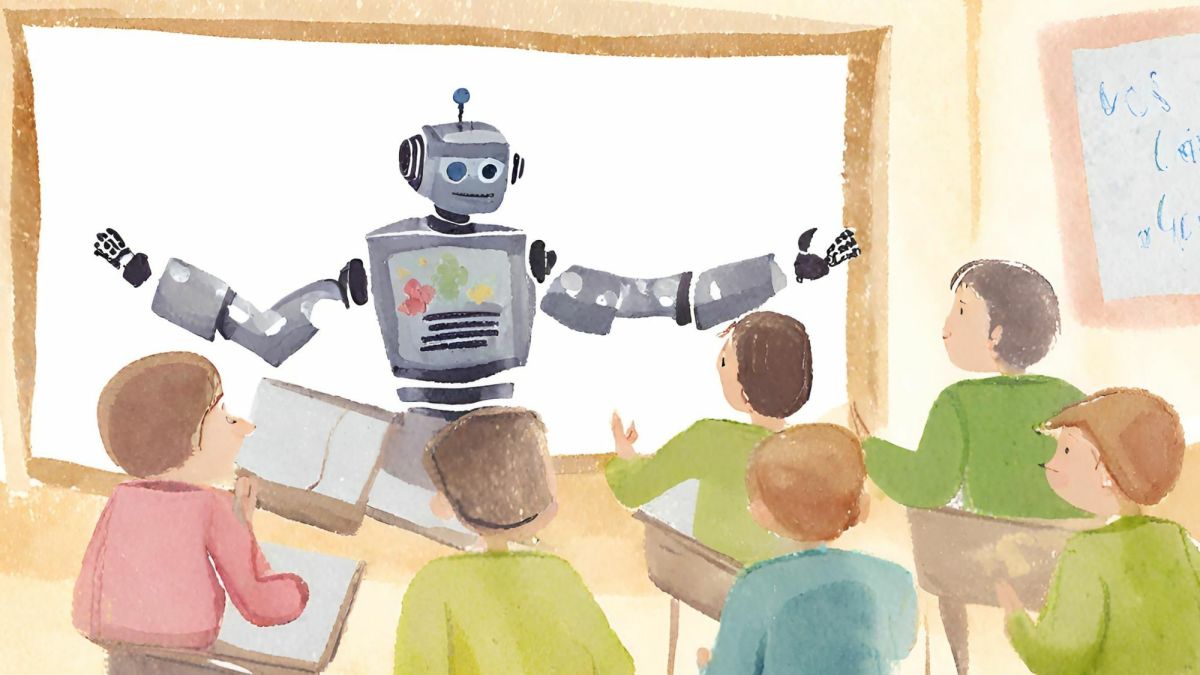The Future of E Learning
Many of you may still believe that e-learning is not as good as traditional learning or that the e-learning success rate albeit high, doesn’t leave learners with a sense of educational success, just a piece of paper that says they’ve graduated. I beg to differ and I think that e-learning is very successful and more and more schools need to get on board with as it has surpassed what many thought couldn’t be productive from a career standpoint and educational standpoint.
Has anyone heard of hybrid instruction? If not, think about because we all have. Hybrid instruction is defined as a combination of online and traditional classroom instruction. Of course the mere mention of the word hybrid and we automatically think about a car that runs on both gas and electricity!
Hybrid instruction or hybrid courses refer to classes that are a blend of traditional classroom instruction and online learning. In other words it’s a combination of both instruction styles. Already its being integrated in a number of schools. It differs from regular e learning courses in a number of ways the one major one being that it’s not entirely online. (Cramer, Peercy 2011) Hybrid instruction allows students and all learners involved to make personal connections with their instructors as well as their peers around them. With hybrid instruction though, a majority of the coursework can be completed on the internet.
A huge benefit of “going hybrid” is that instructors get a chance to adjust their class content and make their materials more effective than traditional classroom instruction meaning that students no longer have to sit through long boring lectures taking notes and instructors can teach through more active learning assignments from online group projects or case studies to utilizing the likes of Facebook or Twitter especially seeing as how todays learners no longer rely on face to face communication when it comes to socialization or entertainment. (Cramer, Peercy 2011)
There are a number of benefits when it comes to hybrid instruction. It can help reduce traffic on campus and frees up classroom space. Furthermore, learners can improve their writing and computer skills. Hybrid instruction also encourages self-directed learning. Students are required to do more work on their own and it’s been suggested that this type of active learning results in better test performance. One issue of great importance is that it encourages students to participate more especially in group discussions online because they have more time to craft their responses and they don’t have to worry about speaking in front of anyone as we all know many of us are shy about our voices. While not all schools have integrated hybrid instruction, it is however, well on its way.
Literally, e-learning has experienced unprecedented growth and many see it as something that will continue in a foreseeable future. (Nagal 2010) Distance learning or distance education is becoming even more popular especially with the rise of computer purchases in the common household. A number of schools have even developed the idea of the virtual classroom. (Aranda 2005) One instructor located at a central location and using video equipment can teach simultaneous classes in several satellite locations. There is no limit to the distance these satellite locations can be from the instructor. Computer based training can be done in much the same way. Such things as emails and chat rooms are being used as part of the E-learning arsenal. (Aranda 2005)
One major new trend within e learning is the spread of distance education from traditional subjects to all areas of knowledge. (Aranda 2005)New technologies and techniques that can help from videos to web cams have become beneficial in education. Now we have websites that can actually conduct training and eliminate the need for a live instructor.
The past decade has been a time of rapid change as E-learning has replaced traditional learning methods. It can be expected that we have not peaked out and the future is going to bring innovations that can hardly be anticipated. The internet access of cell phones, and the wide spread use of palm pilots and lap top computers is opening new opportunities for education and learning.
Yes the future of e learning is indeed providing us with a new horizon. Its expanding at an ever rapid rate especially with the discovery of how computers and other uses of technology can be integrated into the classroom.
The future of learning objects looks very dynamic especially seeing as how both mobile devices and social networking sites are being utilized and integrated into the e learning environment as well as a number of web applications that provide a basis and allowance for collaboration and sharing of ideas and thoughts. (Reiser, Dempsey 2012 p 297) This will ultimately allow for more opportunities to enhance the course with a variety of interactive objects.
The future can and most likely will reward the creative and innovative learners. (Reiser, Dempsey 2012 p 297) Furthermore, change will bring forward new expectations. Both learners and instructors will come to expect easy to use or simple but high quality technological learning objects, and even more important, the one size fits all motto will become obsolete. (Reiser, Dempsey 2012)
Perhaps in the very near future, our educational tools will most likely be the same, but a number of them will undoubtedly be different. Take a look at current trends and what do you see? You see something better than the original forever being forced upon us in both negative and positive ways. It’s very likely that we will see more sophisticated computer technology which will be at the heart of education within the next 10 to 20 years. (Luger 2011)
It’s seems likely especially since it already exists and movies that came out twelve years ago are being reformatted for 3D, that 3D virtual reality technologies will become immersed within the educational society. (Luger 2011) 3D Technology will be more than welcomed by the educational community because it will provide them with knowledge and experiences that cannot be obtained any other way. For example, a geology student can use 3D technology to make it as if they are back in time during the crustaceous era.
Another possibility could include personalized education plans or PEP which is a scheme of activities associated with evaluation mechanisms that are unique and or provide a sort of finger print for individual scholars. (Luger 2011) This and programmable toys are a definite possibility. The future of education will more than likely see toys that can be programmed and some are already available. Perhaps students will be able to program robots such as the humanoid Alpha Rex to construct models of some kind. Architecture courses could have them as to show how airports or houses and hospitals are built. This is a new and innovative way to give learners the real time experience.
Other possibilities include the retirement of physical posters. This may already exists, its somewhat of a poster beamer that is basically a wall mounted pod used through a projector and teachers can access thousands of interactive educational posters to post on the pod.
The role of the teachers and students has always been simply what they are. Teacher and student and nothing else. But as change comes about and new ways of teaching surface and expand, these roles change dramatically. The teachers themselves are no longer mere instructors or lecturers. As teaching styles change and advance, the roles change and advance. Now teachers both traditional and non traditional have new roles where they are broken down into three core ones: designer of student work, facilitator of the learning process and that of the caring mentor. (Reiser, Dempsey 2012 p 79)
Broken down, these new roles are simple. The instructor designs the work for the student while ensuring that the learners are well learning. This includes coaching assessing and evaluating the students work and offering any guidance in the process. The caring mentor is an individual that is concerned with the well rounded development of the learner, almost maternally. These roles apply to all the teachers as they and the learners will come to see is essential in the learning process. (Reiser, Dempsey 2012 p 79)
In the future or not so near future, students will also have new roles, albeit they will be different from that of the teachers. This may not be new information but it needs to be stated, the student is the worker first and foremost. Second, the student is or will be a self- directed and self- motivated learner. Many learners are self -motivated but often nowadays, learners look for incentives to learning and that should be stopped. Thirdly, the student becomes the teacher as its now believed that students are and underutilized resource in school. It’s believed that the best way for someone to learn and retain something is to have them teach to someone else. (Reiser, Dempsey 2012)
It’s going to be argued upon and criticized upon for god only knows how long. How effective is e learning? Well, e learning has more than proven to be effective within the educational community and workforce community. Those against e learning will question the validity of the students work and authenticity. We know cheaters exist, we have traditional schools were cheating is rampant or one student is getting paid to write term papers for the football team. How effective is traditional learning or traditional teaching. Bill Clinton said “No Child Left Behind”. Well, it’s still happening and it’s because of the traditional methods. Being afraid of change is what’s holding many learners back.
Until we can all agree that there are different learning styles and different teaching styles, criticism of the educational system will continue. Each child learns differently. Some students learn from listening to a lecture and taking notes, others fall asleep listening to a lecture. E learning isn’t for everyone and we know it which is why when it comes to higher education, we have a choice on whether or not to go for the bachelor’s degree online or the master’s degree online. There are a number of different e learning environments and learners have adapted to them and excelled. Think about the student sitting in the back of the classroom too shy to raise their hand to answer a question. We all have seen these students and we know who they are. Is the traditional classroom setting for them or should they just tough it out?
References
Aranda, Natalie (2005) Future Trends of E Learning Retrieved December 6, 2011 from http://ezinearticles.com/?Future-Trends-of-E-learning&id=496477
Luger, Frank (2011) Future Educational Tools Retrieved December 5, 2011 from http://www.ehow.com/info_8485362_future-educational-tools.html.
Peercy, P & Cramer, S (2011) Redefining Quality in Engineering Education Through Hybrid Instruction) Retrieved December 4, 2011 from http://proquest.umi.com/pqdweb?index=0&did=2505646561&SrchMode=1&sid=1&Fmt=3&VInst=PROD&VType=PQD&RQT=309&VName=PQD&TS=1323561941&clientId=74379
Reiser, R. & Dempsey, J. (2012). Trends and issues in instructional design and technology (3rd ed.). Boston, MA: Pearson








